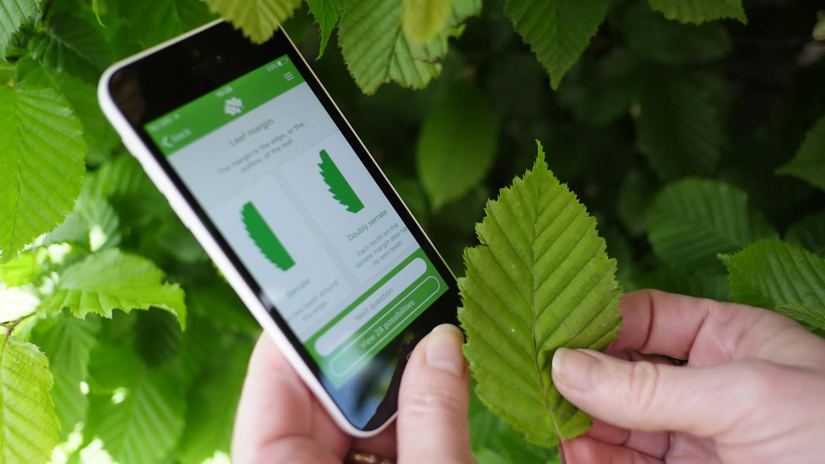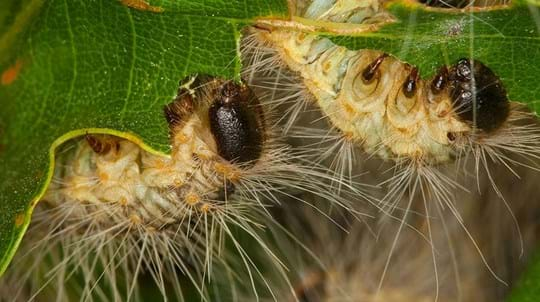
Credit: Daniel Romani / WTML
Leaves
Round with large, irregular, blunt teeth. The leaf stalks are flattened and flexible near the leaf blade, which is why the leaves flutter so easily. Young leaves are of a coppery colour before becoming green, then turn a vibrant yellow or occasionally red before falling in autumn.

















